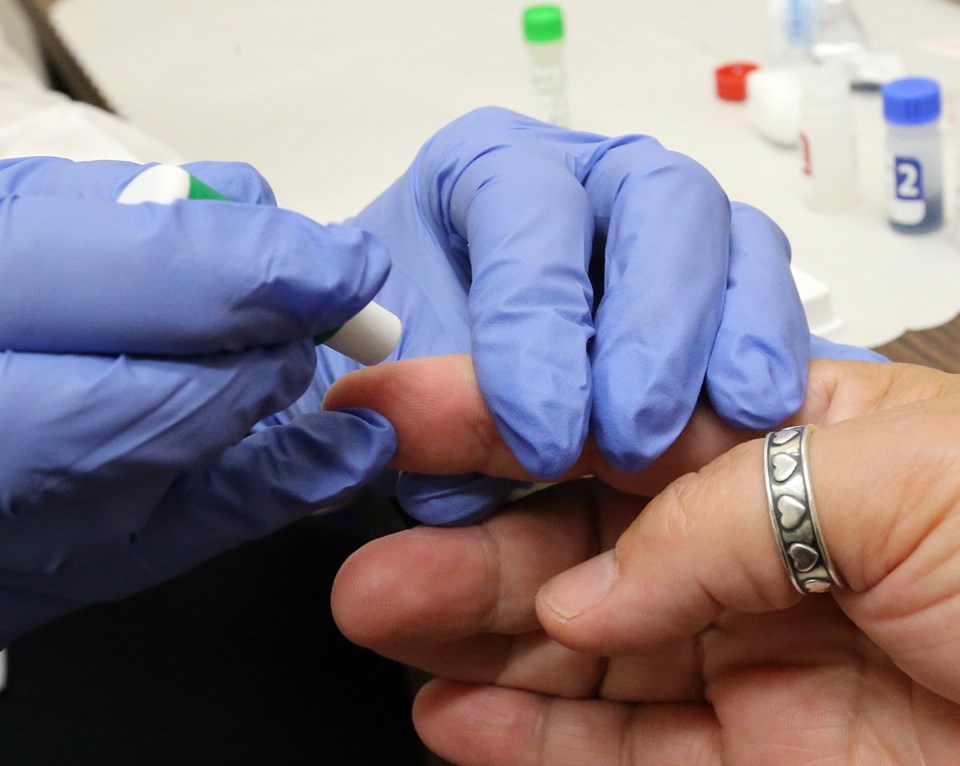Critics are slamming the Vancouver Island Health Authority’s new model for care delivery, saying it is really a way to replace registered nurses with less- qualified care aides.
Based on hospital observations, studies and discharge data going back to 2008, VIHA says it devised a plan to create a better team around each patient rather than nurses trying to do it all and more.
The approach was rolled out Friday at Nanaimo Regional General Hospital, where last year alone, nurses worked 30,000 hours of overtime, costing nearly $1.7 million, VIHA said. Island-wide nurse overtime totalled 268,136 hours at a cost of $17.6 million.
Changes like this are happening in every hospital across Canada and will allow nurses to do the jobs they were meant to do, said Robyne Maxwell, director of Care Delivery Model Redesign.
“It will make nurses feel the value in their job again because they will again be able to do those things they are uniquely trained to do, and patients are going to be much happier because they will have a whole team wrapped around them to help them get well in their hospital,” Maxwell said.
VIHA is implementing the new model in Nanaimo with plans to introduce it at Victoria General and Royal Jubilee hospitals in January 2014.
The B.C. Nurses Union has raised concerns since the plan was introduced, but say these have not been addressed.
The union says that, at Nanaimo Regional General Hospital, 26 RNs and LPNs are being replaced by care aides. The net effect will be an increase in the number of patients each professional nurse oversees with each nurse responsible for 12 patients, said the BCNU.
This will result in delays in administering medications, failure to complete daily head-to-toe patient assessments, inability to respond promptly to patient calls and inadequate charting of patient conditions, the BCNU claims.
“It’s clearly impossible for a single nurse to oversee a care team serving 12 patients while meeting professional standards,” BCNU Pacific Rim chairwoman Jo Salken said in a statement. “If nurses are unable to assess patients within at most one hour of surgery, signs of things going wrong are bound to be missed.”
But Maxwell said no registered nurses have lost their jobs, nor have any been forced to move. She expects this will be the same case in Victoria. The health authority will now be able to fill vacancies for nurses, she said.
Maxwell said the new design model is appearing across Canada and is a better way to provide the right mix of caregivers led by registered nurses to serve patients while improving communication and education.
Under the new plan, patients will get an average of one more hour of care per day to help them with daily activities, and the staff helping them will be more appropriately trained for the task. Health-care aides can help patients go to the bathroom or help with meals, for example, and RNs can carry out patient assessment and care planning, VIHA said.



